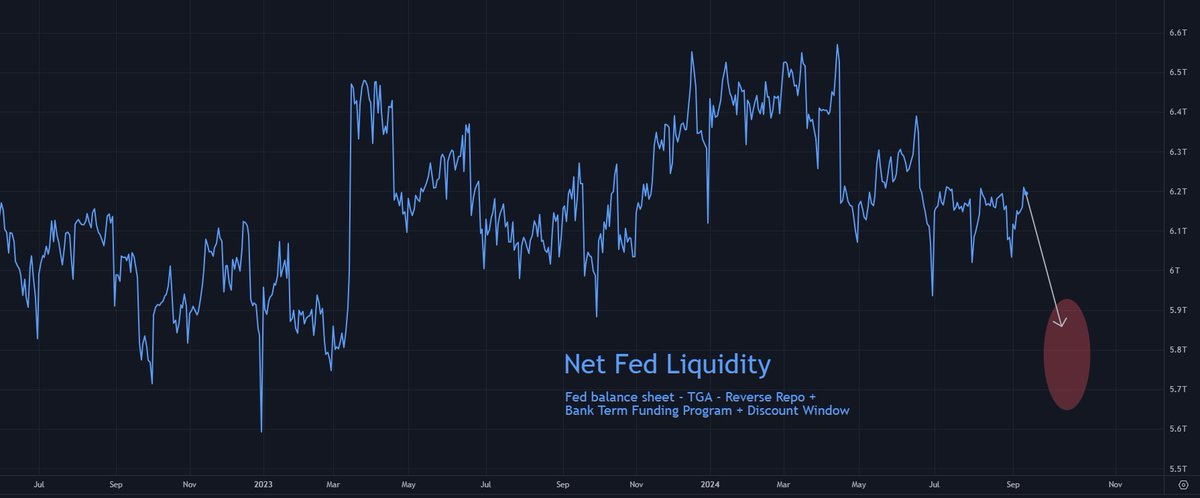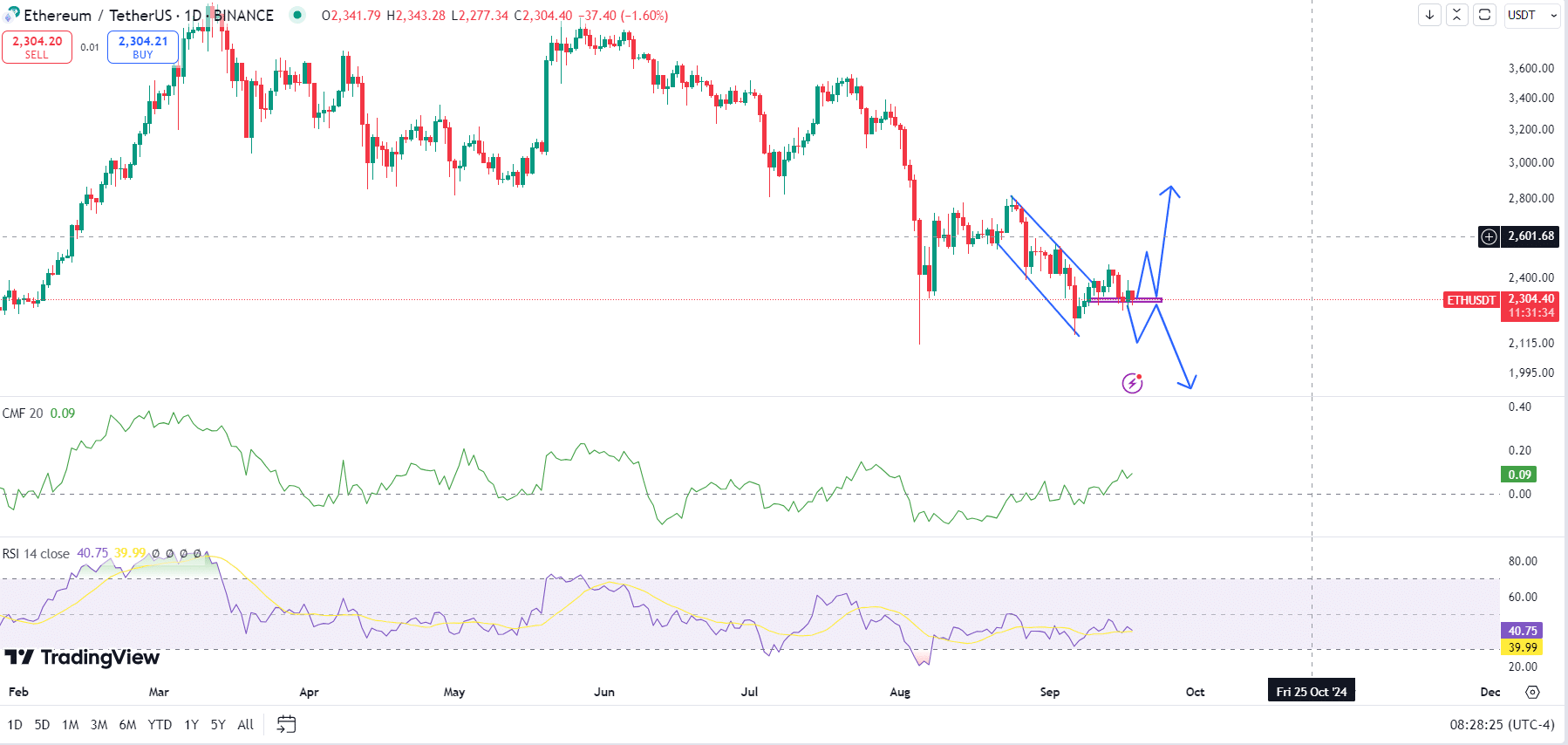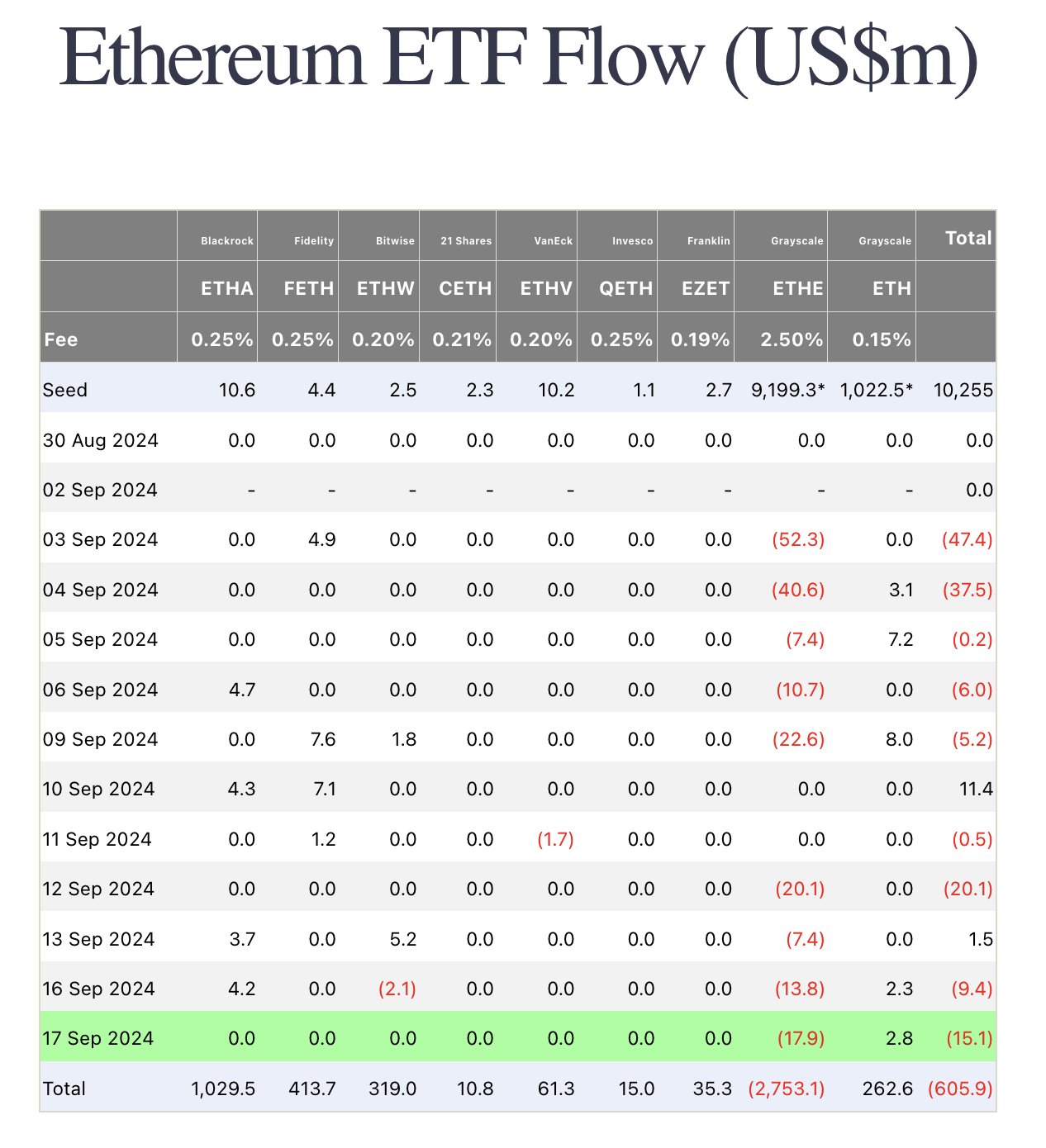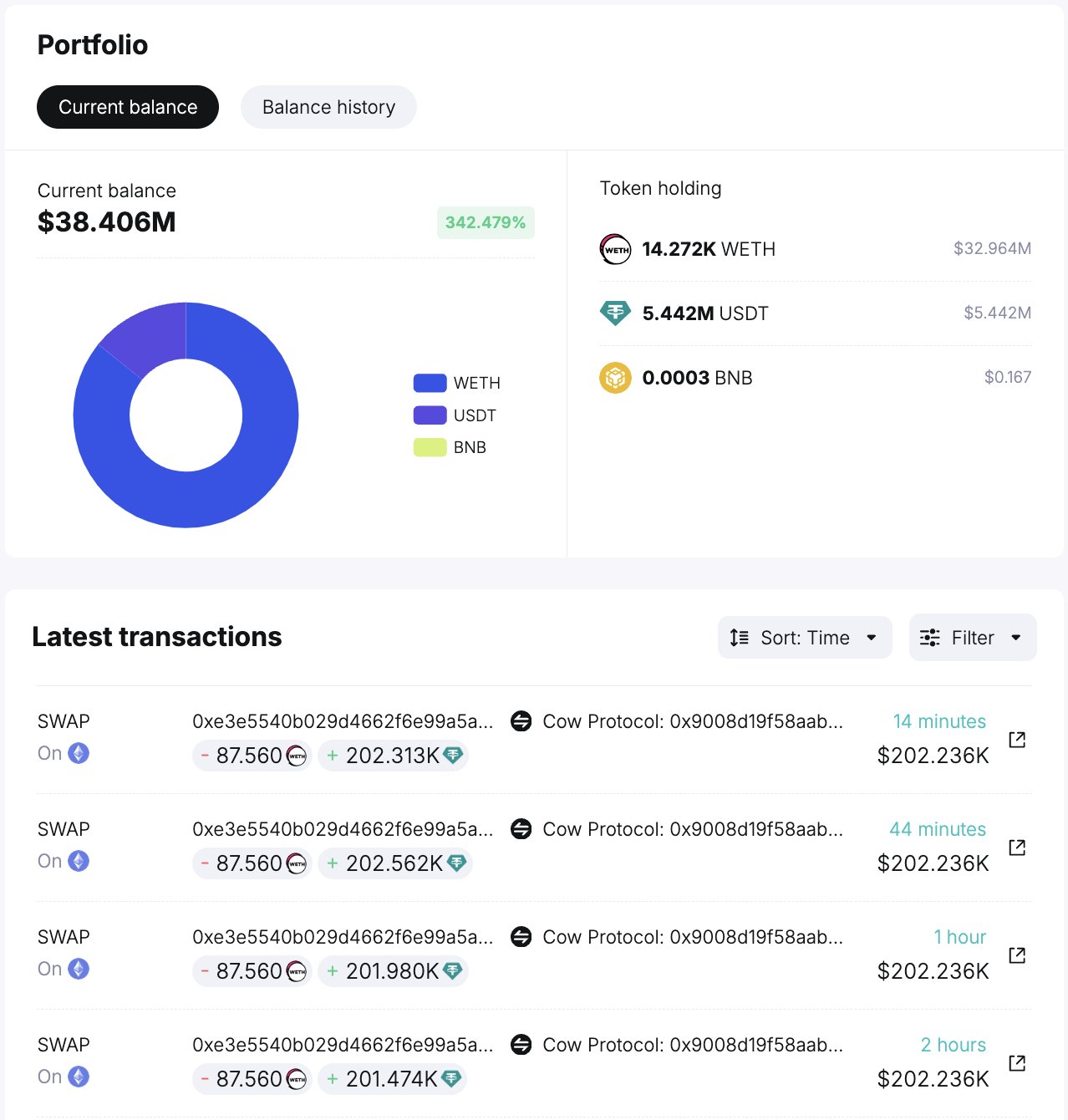- The Fed has withdrawn $161B from the market, affecting Ethereum.
- An ancient ETH whale has been discreetly executing a selling spree.
Ethereum [ETH] continues to be a formidable presence in the cryptocurrency market, despite encountering recent obstacles that have impacted the larger crypto landscape.
Market analysts are closely observing the Federal Reserve’s maneuvers, particularly the withdrawal of $161 billion from circulation.
This situation was substantiated by a rise in the Treasury General Account from $714 billion to $875 billion, occurring after corporate tax payments were made.
The Fed’s ongoing liquidation of positions in risk-on assets has created a noticeable effect on market liquidity.


Source: Tomas/X
This week, it’s anticipated that the Reverse Repo program will commence a decrease in liquidity, continuing until September 30th.
These changes may influence Ethereum’s pricing and its ETFs, as market behaviors adjust to new liquidity levels.
Effects of liquidity squeeze on ETH price and its ETFs
Ethereum’s price movement is closely tied to the Federal Reserve’s liquidity strategies, especially concerning the ETH/USDT trading pair.
As of the latest update, ETH is trading at $2,298, having been in a bearish trend since March 2024, with notable price fluctuations in August.
ETH has recently exited a descending trend channel and is currently floating around the $2,300 mark.
Should ETH maintain its position above this crucial price level, it could mitigate the negative impacts of the Fed’s liquidity reduction and potentially trigger a price reversal.
Conversely, if ETH falls below $2,300 and remains there, the liquidity constraints could further depress prices.


Source: TradingView
On a more optimistic note, the Chaikin Money Flow (CMF) indicator reports a value of 0.09, indicating signs of accumulation and buying interest.
Similarly, the Relative Strength Index (RSI) has surpassed its 14-day moving average, hinting at potential bullish momentum.
While these technical indicators could imply an imminent price recovery, the liquidity crunch may still drive ETH lower before any signs of ascendant movement are observed.
Moreover, Ethereum-centric ETFs have seen considerable outflows, despite the recent launch of Ethereum spot ETFs, which were expected to generate inflows into ETH assets.

Source: X
The liquidity contraction by the Fed could worsen this trend by limiting the funds available for investment in risk-on assets such as Ethereum ETFs. In the past week, ETH ETFs have seen net outflows of $25.5M.
While the Grayscale Mini ETF (ETH) saw inflows of $2.8M, the Grayscale ETF (ETHE) faced significant outflows, shedding $17.9M, indicating a change in market sentiment.
This overall contributed to a negative net flow of -$15.1M, according to the latest data released.
Ancient whale activity
Additionally, a long-term Ethereum whale has recently been discreetly selling off considerable amounts of ETH.
The whale offloaded 2,364 ETH, equating to $5.44 million USDT at an average price of $2,302, spread across 27 transactions. Despite this selling spree, the whale retains 14,272 WETH, valued at around $33 million.

Source: SpotOnChain
The selling activity may be a response to the bearish sentiment resulting from the Fed’s liquidity tightening, although the pace of selling could ease if market conditions improve.
Read Ethereum’s [ETH] Price Prediction 2024–2025
Ethereum’s value may face further declines attributed to the Fed’s liquidity squeeze; however, technical signals indicate the possibility of a rebound.
Nevertheless, the activity surrounding ETH ETFs and whales suggests a cautious outlook, indicating that the market may require additional liquidity to foster increased prices.








